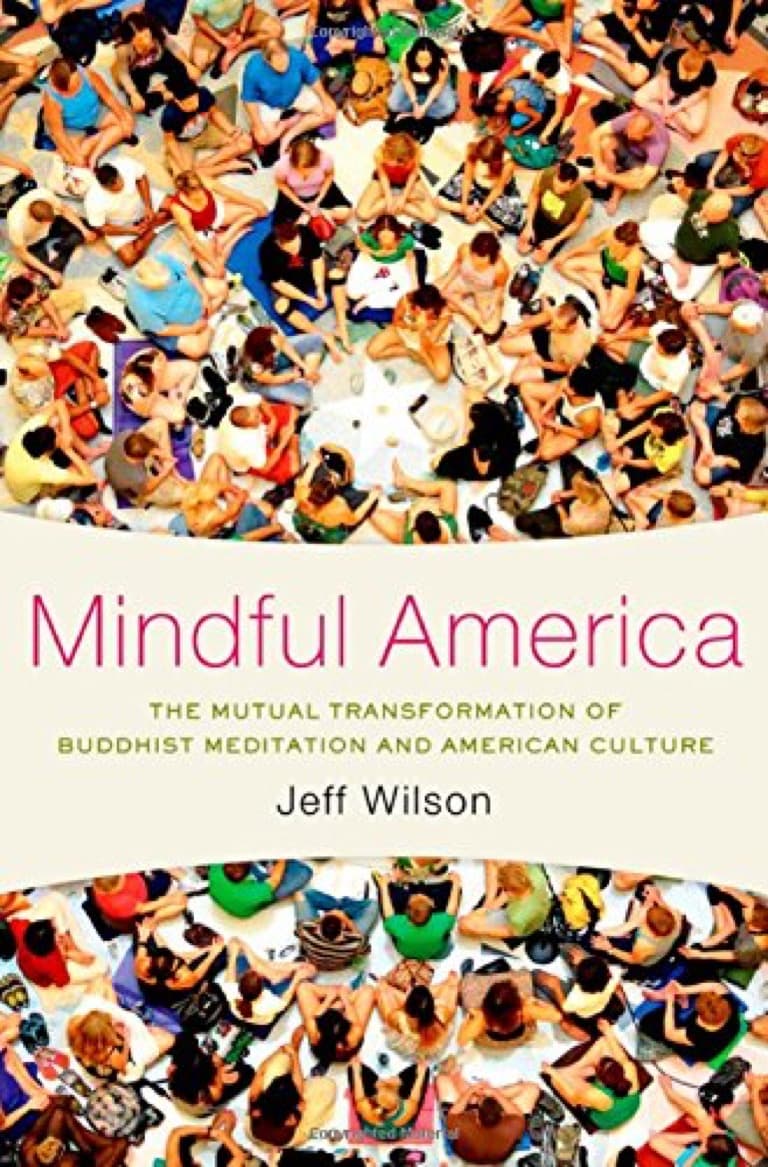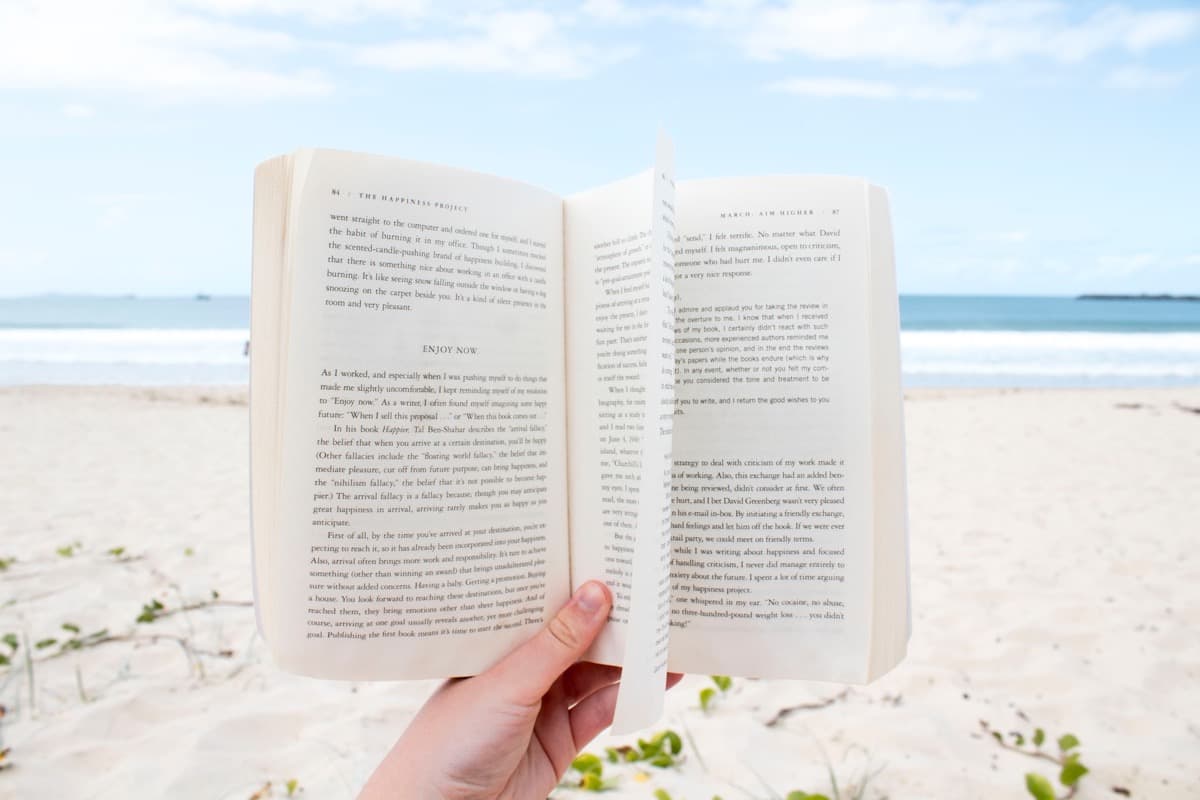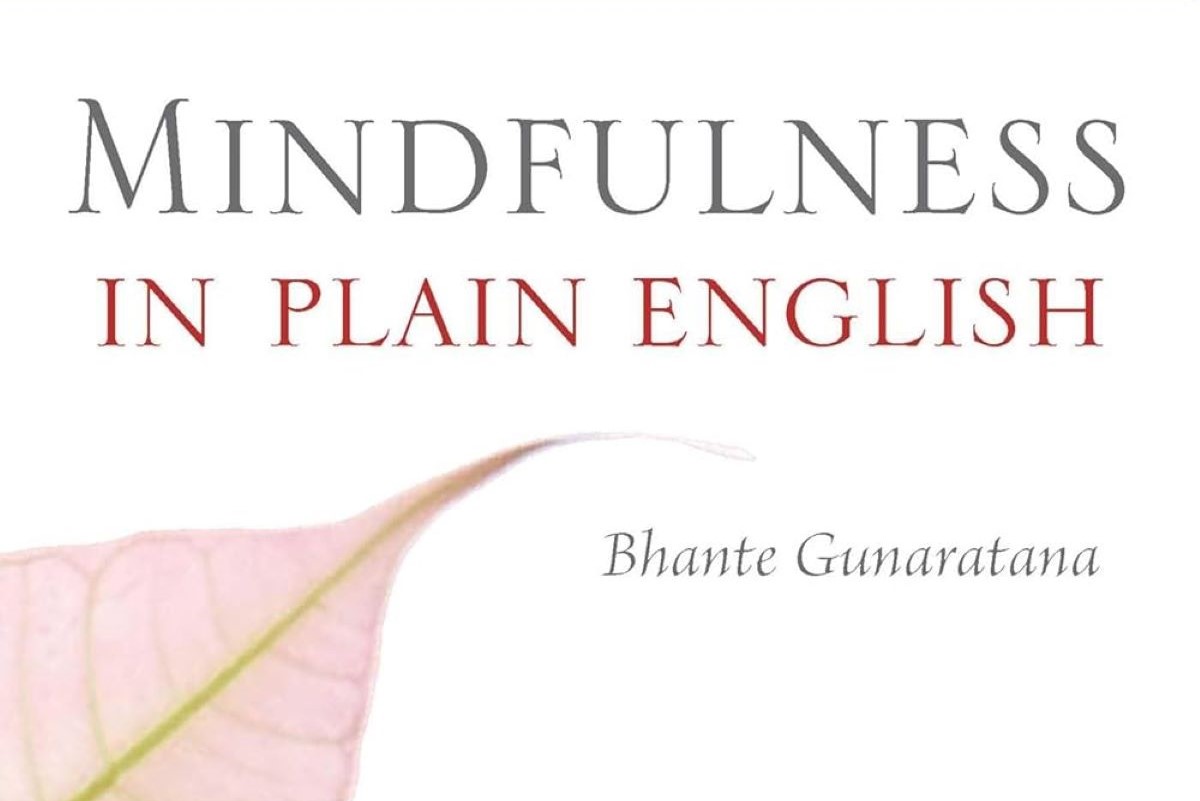I recently found myself looking for books on the history of mindfulness. I thought the task would be easy but got quickly overwhelmed by the variety of reads on the subject.
While doing research, I came across titles on the history of Buddhism, as well as secular how-to guides on meditation. But none of them had what I needed.
If you wonder, “Where does mindfulness come from?” and don’t know where to start, read on. I’ve compared popular books on the origins of mindfulness and put together a short list below.
1. Introducing Mindfulness: Buddhist Background and Practical Exercises
Bhikkhu Analayo is one of the most respected scholar-monks of our time. He is known for authoring the best book on mindfulness meditation, which we reviewed a while ago.
With Introducing Mindfulness, Analayo’s aim is twofold. First, he provides a historical survey of the development of mindfulness in early Buddhism.

FREE Self-Test: How Spiritual Are You?
Second, he introduces mindfulness exercises that help us emerge from states of greed, hatred, and delusion. To this end, he explains how to practice meditation, from mindful breathing to contemplation of impermanence.
Editorial reviews praise Bhikkhu Analayo’s ability to trace pivotal historical developments that explain how various traditions interpret mindfulness.
They also mention how this remarkable book dispels many misunderstandings — such as the belief that it’s “inauthentic” to practice mindfulness for health-related reasons — while offering insights on how we can be mindful in everyday life.
2. Mindfulness: Where It Comes From and What It Means
If you’re looking for a quick guide to the history of mindfulness, Mindfulness: Where it Comes From and What It Means is for you.
It’s written by Sarah Shaw, a faculty member and lecturer at the University of Oxford, who draws her expertise from years of practicing and teaching the history of mindfulness.
By reading this book, you will gain a deeper appreciation for the spiritual and historical meaning of the word “mindfulness,” taking it out of the pop-culture loop and straight into its Buddhist genealogy.
Editorial reviews say that Mindfulness by Sarah Shaw examines various meanings of mindfulness, tracing its evolution from early Buddhist texts to today’s therapeutic applications.
It will be of value to anyone who’s striving for a deeper understanding of what it means to live in the present moment and how mindfulness practice has changed in different parts of the world.
3. Mindful America: The Mutual Transformation of Buddhist Meditation and American Culture
Fascinating, isn’t it? Seeing how an obscure Buddhist practice becomes a popular cure-all for Americans’ daily problems.
This process is what Jeff Wilson explores in Mindful America: The Mutual Transformation of Buddhist Meditation and American Culture.
Unlike the two previous entries in this list, this book will be invaluable for those interested in the modern history of mindfulness. Read it to learn how people domesticate this practice in the West, taking from Buddhism what they believe will relieve their specific distresses and concerns.
Editorial reviews emphasize how Jeff Wilson demystifies modern mindfulness trend by setting it in historical perspective and showing how an Asian Buddhist religious practice has been secularized and medicalized for the needs of middle-class Americans.

FREE mindfulness resources for stress relief
Complement this selection with our article on seven historical translations of the word “mindfulness.”

I’m a freelance writer and mindfulness advocate behind this blog. I started my meditation practice in 2014, and in 2017 I launched this website to share what I learn with others. Here are the three things you can do here:
1. Schedule a free consult if you want to learn Buddhist meditation.
2. Download free mindfulness resources for stress relief
3. Join Patreon for exclusive content and community meetings.









